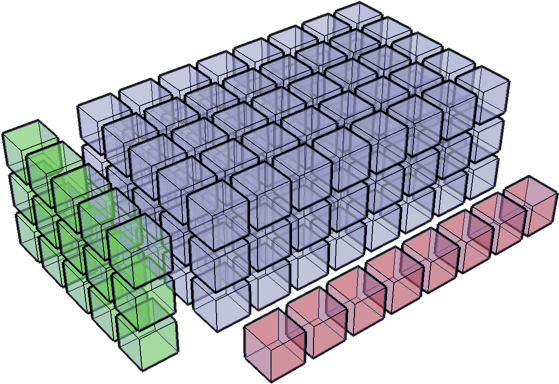This second part of the ‘Python for Data Scientists’ post talks about the specifics of Python for data scientists. Part 1 of Python for Data Scientists talks about Python generally and can be found here.
Crossing Your Data Science Chasm
John Chao (Tresl)
发表于
An analytics roadmap for growth
Time Series for scikit-learn People (Part II): Autoregressive Forecasting Pipelines
How do I make and use an ARIMA model?¶
How many college football teams can you watch in-person in one football season?
The college football season once again came to an end back in January, which now leaves us college football fans with nothing to do but post football memes online and feign interest in other sports until August rolls around again. This year, I’ve decided to jump the gun and start planning ahead for the 2018 college football season. With the 2018 college football season schedule already announced, we can start planning our vacations to see our favorite teams, rivalry games, and stadiums.
Notes on the Frank-Wolfe algorithm, Part I
This blog post is the first in a series discussing different theoretical and practical aspects of the Frank-Wolfe algorithm.
Engineering Data Science at Automattic
Most data scientists have to write code to analyze data or build products. While coding, data scientists act as software engineers. Adopting best practices from software engineering is key to ensuring the correctness, reproducibility, and maintainability of data science projects. This post describes some of our efforts in the area.
Deterministic A/B tests via the hashing trick
In principle A/B testing is really simple. To do it you need to define two separate user experiences, and then randomly allocate users between them:
Why you should start using .npy file more often…
Data science needs fast computation and transformation of data. Native NumPy objects in Python provides that advantage over regular programming objects. It works for as simple a task as reading numeric data set from a file on the disk. We demonstrate it in few easy lines of code.
Distributed Deep Learning with Polyaxon
A short tutorial that shows how you can train deep learning models in a distributed way with Tensorflow, MXNet, and Pytorch in Polyaxon.
